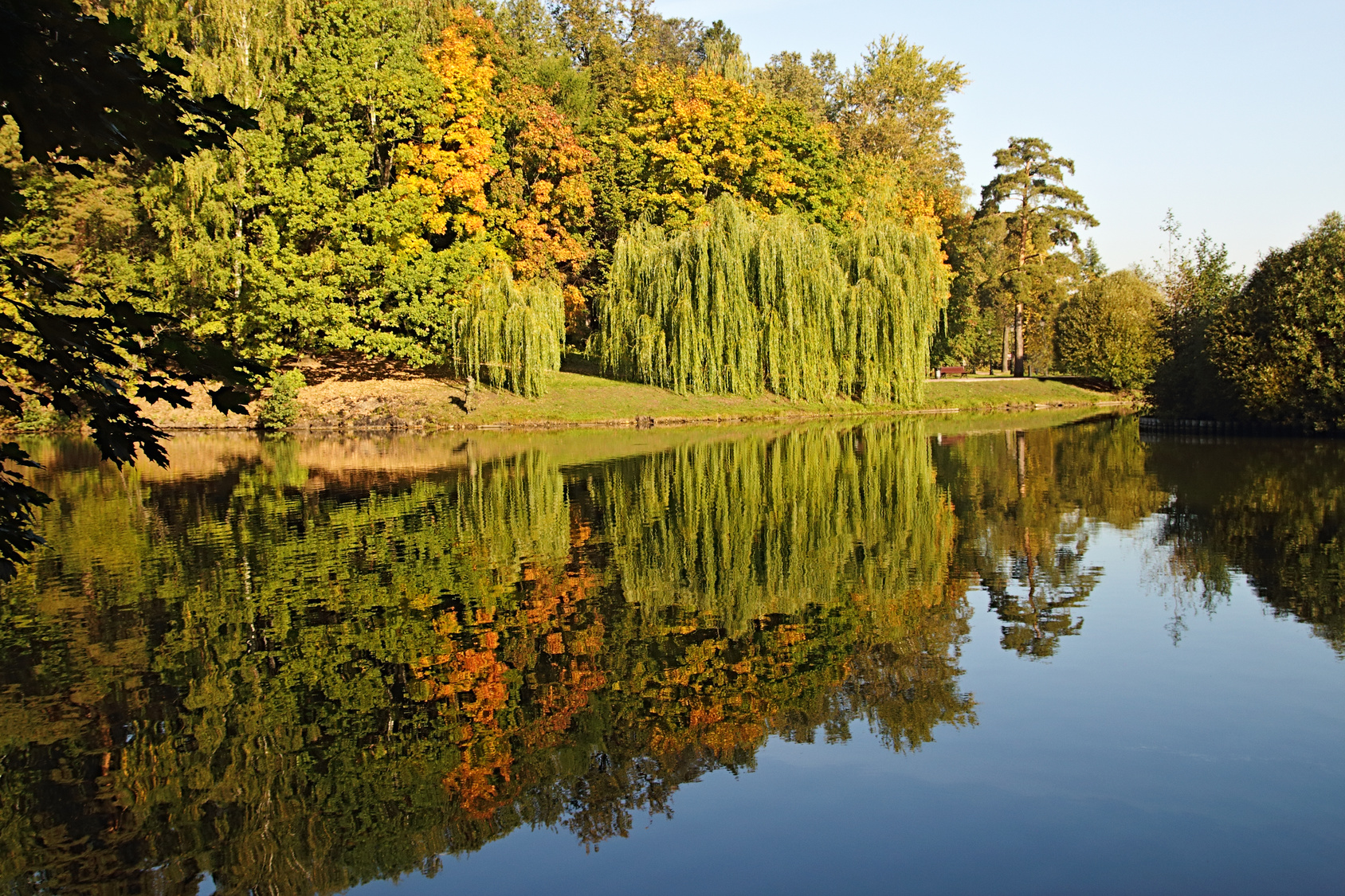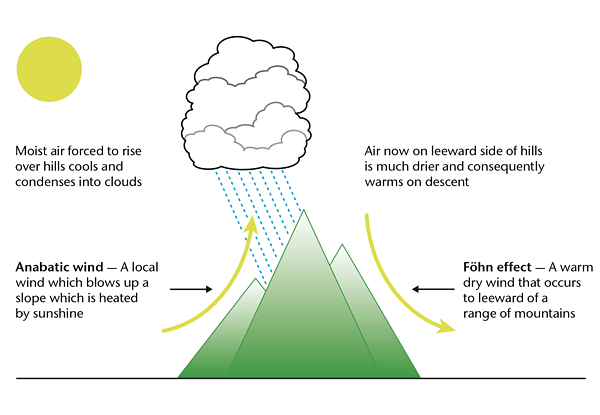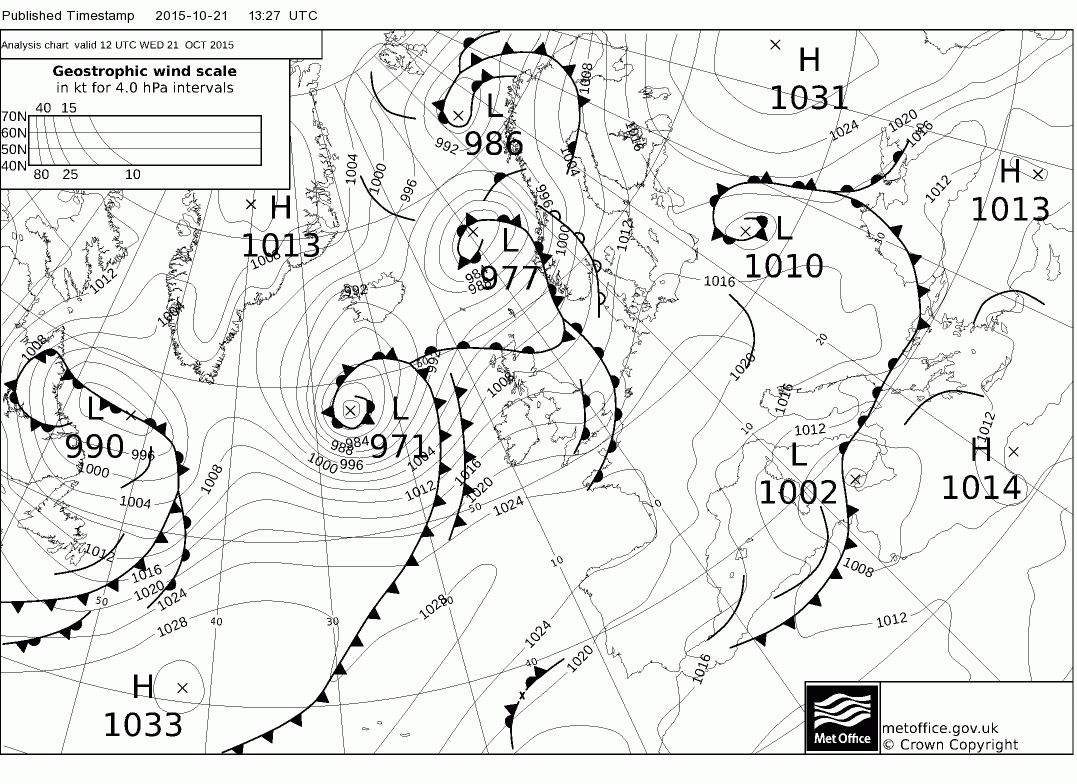
Aberdeen saw 21C on Wednesday, thanks to the Fohn or Foehn Effect. Here's a blog that explains the phenomenon.

Rather warm conditions for the second half of October were felt across NE Britiain yesterday, especially towards eastern coasts, thanks to a phenomenon known as the 'Föhn or Foehn Effect'
This is when warm moist air blowing in on a strong breeze is forced to rise on the windward side of a mountain range, the air cooling and condensing into clouds producing rain on the windward slopes. So by the time the air reaches the leeward side of the mountain range, it has lost most of its moisture. As this drier air descends down the leeward slopes, it warms by compression and as drier air warms more quickly than moist air, it reaches a higher temperature towards the bottom of the leeward slope than when it began its ascent on the windward slope. The air warming 1C for every 100m of descent.

Image courtesy of the UK Met Office
This often happens across to the east of high ground in Britain where air descends and warms as it reaches towards the east coast, particularly across eastern Scotland around Aberdeenshire to the lee of the Grampian Mountains further west. Also the phenomenon is seen across NE England to the lee of the Pennines along with the lower elevations of NE Wales and Cheshire plains to the lee of Snowdonia. This can lead to temperatures to the lee or east of high ground being 5 to 10 degrees higher than across the west of high ground.
Met office fax chart for noon Wednesday shows UK in a 'warm' sector characterised by moist southwesterly winds rising over mountains in the west ... ideal conditions for the Foehn Effect to the lee of high ground.

In other parts of the World, such as the leeward side of the Rockies in North America or the Alps, the foehn wind can raise temperatures more dramatically, as much as 30C in a matter of hours.
On Wednesday the temperature reached 21C in Aberbeen and 20C further inland to the west at Aboyne on the eastern edge of the Highlands. Further north Lossiemouth and further south Bridlington saw 19C.
Max temperatures today, highest in Aberdeenshire. Note these temperatures are some 6-7 degrees higher than on the west coast (image courtesy of Weatheronline)
